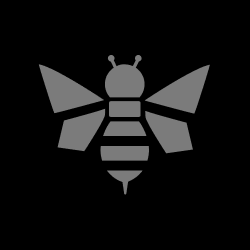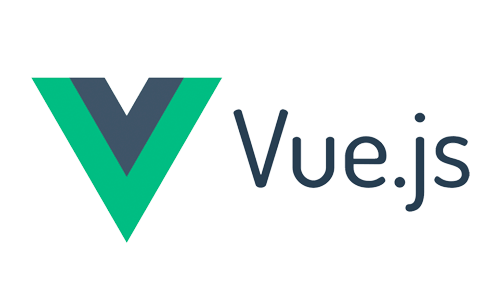What is Vue.js?

Hire Arrive
Technology
about 1 year ago
 Vue.js (often shortened to Vue) is a progressive JavaScript framework for building user interfaces (UIs) and single-page applications (SPAs). Unlike some larger frameworks like Angular or React, Vue takes a more flexible and approachable approach, allowing developers to adopt it incrementally and integrate it into existing projects with ease. This makes it a popular choice for both small-scale projects and large-scale enterprise applications.
Vue.js (often shortened to Vue) is a progressive JavaScript framework for building user interfaces (UIs) and single-page applications (SPAs). Unlike some larger frameworks like Angular or React, Vue takes a more flexible and approachable approach, allowing developers to adopt it incrementally and integrate it into existing projects with ease. This makes it a popular choice for both small-scale projects and large-scale enterprise applications.
Key Features and Strengths:
* Ease of Learning: Vue's gentle learning curve is one of its biggest draws. Its syntax is intuitive and relatively easy to grasp, even for developers new to JavaScript frameworks. The documentation is also exceptionally well-written and comprehensive.
* Flexibility and Gradual Adoption: Vue can be integrated into existing projects easily, starting with small components and gradually expanding its use. You don't need to rewrite your entire application to adopt Vue; you can incorporate it piece by piece. This makes it a perfect choice for migrating legacy applications or adding interactive elements to existing websites.
* Component-Based Architecture: Vue promotes a component-based architecture, which encourages code reusability and maintainability. Components are independent, self-contained units that can be easily combined to build complex UIs.
* Reactive Data Binding: Vue utilizes a reactive data binding system. This means that changes to the data automatically update the UI, and vice-versa, simplifying the development process and reducing boilerplate code.
* Virtual DOM: Like React, Vue uses a virtual DOM (Document Object Model) to optimize updates to the actual DOM. This significantly improves performance, especially in applications with frequently changing data.
* Templating: Vue uses an HTML-based templating system that is both simple and powerful. It allows developers to easily bind data to HTML elements and create dynamic UIs.
* Official Tooling and Ecosystem: Vue boasts a robust ecosystem of official and community-created tools, including the Vue CLI (Command Line Interface) for scaffolding projects, Vue Router for routing, and Vuex for state management.
* Active Community and Support: Vue has a large and active community, providing ample resources, support, and readily available solutions to common problems.
How Vue Compares to Other Frameworks:
While Vue shares similarities with React and Angular, it distinguishes itself in several key ways:
* Size: Vue is significantly smaller than Angular, leading to faster loading times and improved performance. It's also generally smaller than React when considering the necessary supporting libraries.
* Ease of Use: Vue is often considered easier to learn and use than Angular, especially for developers new to JavaScript frameworks. React, while powerful, can have a steeper learning curve, particularly regarding JSX.
* Flexibility: Vue's flexibility allows for a wider range of application architectures and integration scenarios.
When to Use Vue.js:
Vue is an excellent choice for a wide variety of projects, including:
* Single-Page Applications (SPAs): Vue excels at building dynamic, interactive SPAs. * Progressive Web Apps (PWAs): Vue's performance and flexibility make it suitable for building PWAs. * Interactive Web Components: Vue's component-based architecture makes it ideal for creating reusable and maintainable web components. * Small to Medium-Sized Projects: Vue's ease of use and scalability make it suitable for projects of varying sizes.
In conclusion, Vue.js is a powerful, versatile, and easy-to-learn JavaScript framework that offers a compelling alternative to other popular choices. Its flexibility, performance, and vibrant community make it a strong contender for your next web development project.